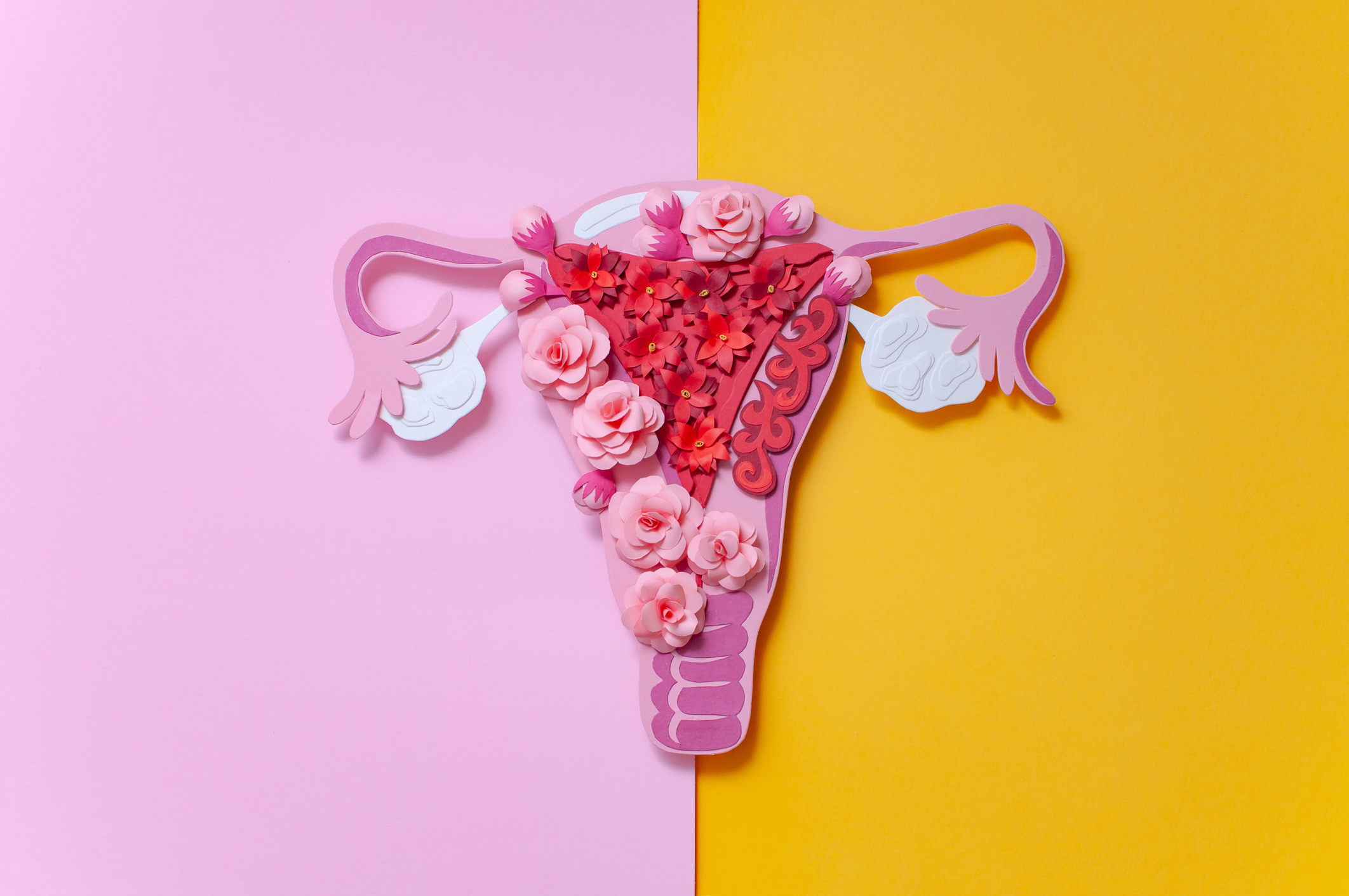The side of ovulation (left ovary, LO; right ovary, RO) and side of the next ovulation were compared between (1) beginning and end of an interovulatory interval (IOI) and beginning and end of consecutive sets of two and three IOI (n = 900 IOI), (2) beginning and end of the IOI for two and three follicular waves per IOI (n = 1300), and (3) beginning of pregnancy and first postpartum ovulation (n = 793). Pairs of sides of ovulation were designated LL (LO and LO), RR, LR, and RL. The frequency of ovulation pairs for two ends of an IOI was not different from two ends of two or three consecutive IOI indicating that differences between LO and RO were more likely inherent than from factors that developed in each IOI. For each end of an IOI or two consecutive IOI, the least frequency (P < 0.05) was for LL (16 %) with no differences among RR, LR, and RL (28 % for each). Frequencies between ipsilateral (LL, RR) and contralateral (LR, RL) ovulations pairs were not different for two-wave IOI (48 % compared with 52 %) but differed (P < 0.0001) for three-wave IOI (32 % compared with 68 %) and for pregnancy/postpartum (34 % compared with 66 %). In pregnancy/postpartum, each pair was different (P < 0.05) from each other: LL (13 %), RR (21 %), LR (30 %), RL (36 %). The lesser frequency for LL than for any of the others for an IOI, consecutive IOI, and pregnancy/postpartum indicated a ubiquity of the small propensity for LO ovulation.Copyright © 2021. Published by Elsevier B.V.
Side of ovulation at each end of two- and three-wave interovulatory intervals and before and after pregnancy in cattle.


